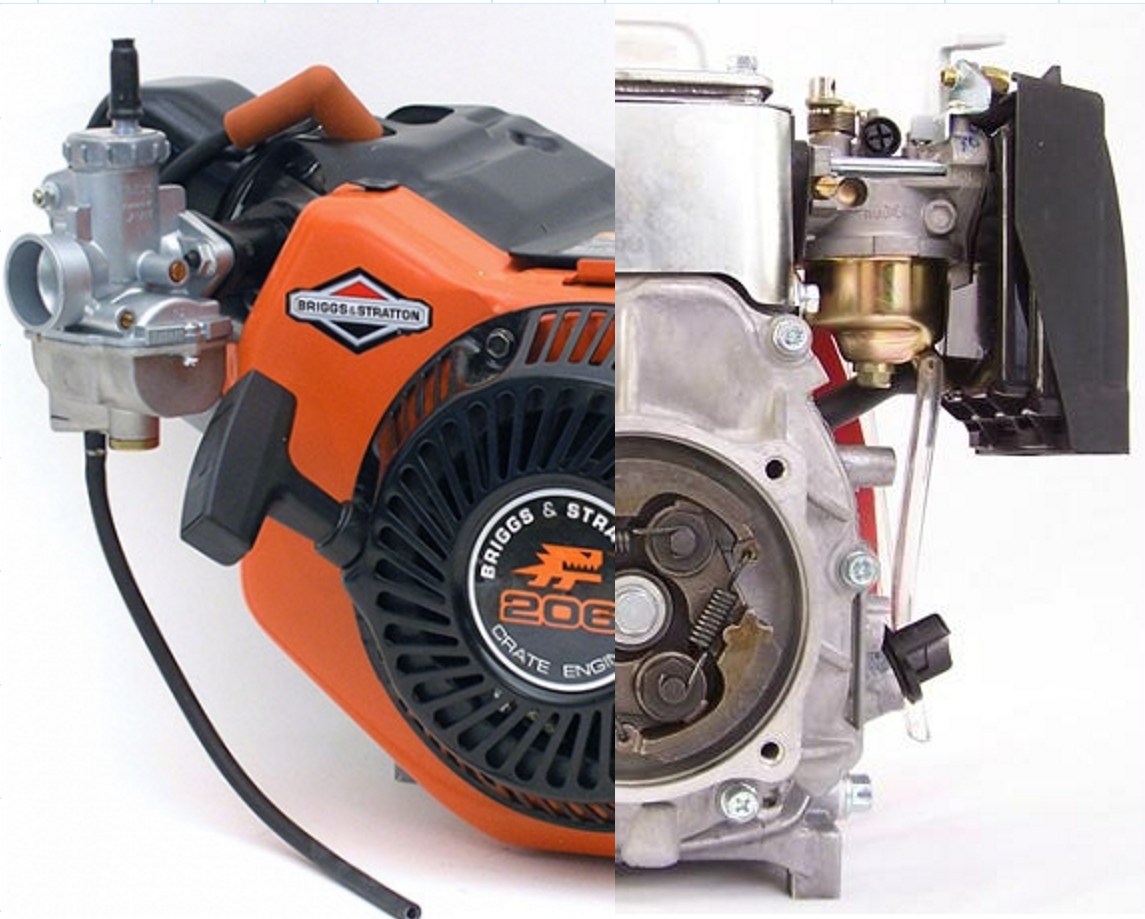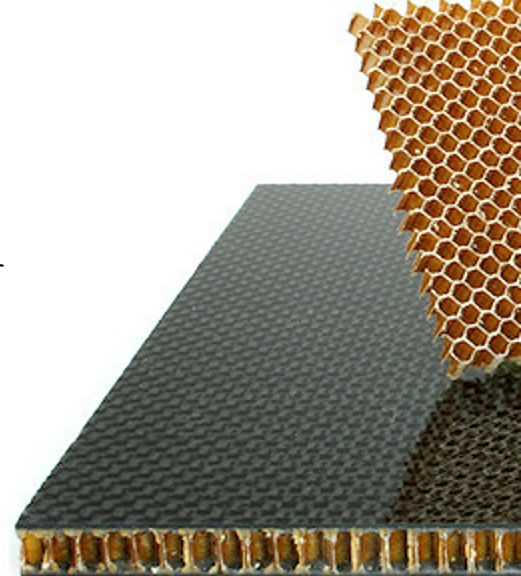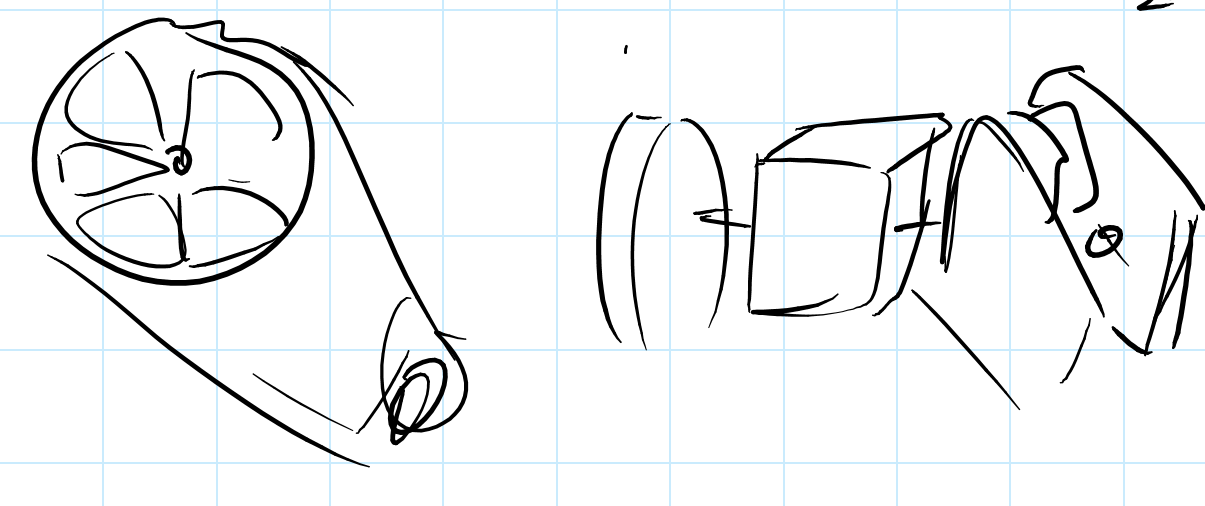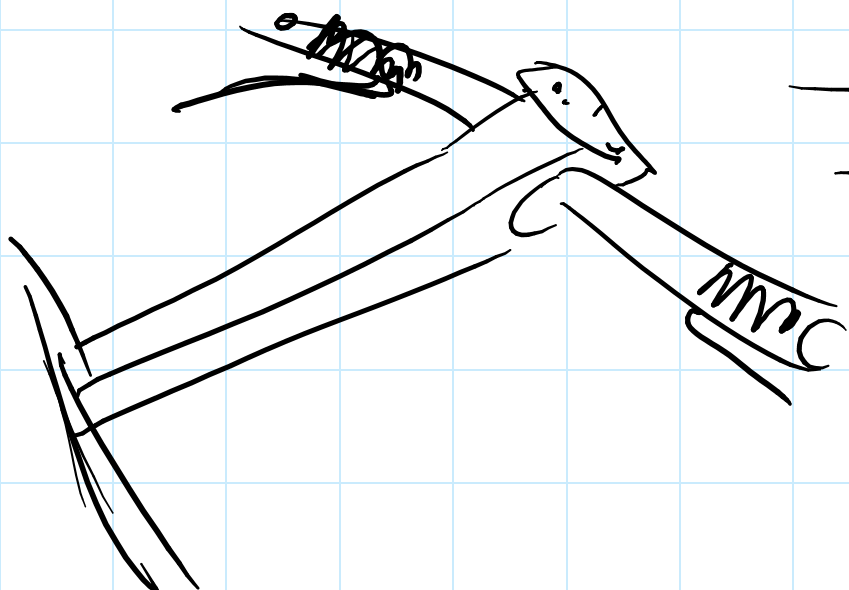The Prototype vehicle is a three wheeled, single-passenger vehicle meant to push the limits of fuel efficiency. It competes in the Shell Eco-Marathon, and SAE Supermileage competitions. This competition class has very few limits on design, allowing a number of creative solutions in order to achieve extremely high fuel mileage. This year, UBC Supermileage is developing a monocoque version where the shell and chassis are integrated in one piece.
The Urban Concept Car is a slightly more practical vehicle meant to bridge the gap between the prototype vehicle and the vehicles you see on the road today. It only competes in the Shell Eco-Marathon. Teams are required to design the vehicle with a minimum of four wheels, larger stance, headlights, tail lights, turn signals and other practical considerations that the average city vehicle requires today.
The engine used in our Prototype vehicle is a Briggs and Stratton Junior 206. This is standard for all teams in the SAE Supermileage competition. It is a 205 cc engine with a maximum power rating of 8 horsepower and a torque of 10 ft-lb. One way we increase the fuel efficiency of this engine is by designing a fuel injection system to replace the original carburetor.

The engine used in our Urban Concept vehicle is a Honda GXH 50. It is a 50cc, 1-cylinder, 4-stroke engine with a net power rating of 2.1 horsepower and a torque of 2.0 ft-lb. For comparison, this engine is similar to those used in lawnmowers. To maximize our fuel efficiency, a fuel injection system is also used for this engine.
Our current Prototype vehicle uses a carbon fibre – aluminum sandwich where 2” aluminum honeycomb is sandwiched between layers of carbon fibre. The use of a thicker aluminum chassis is to compensate for the smaller size of the chassis, which is minimised for weight reduction. The total weight not including the engine is less than 100 lbs.
Our Urban Concept car uses a carbon fibre – nomex sandwich where 1” nomex, a cardboard-like material arranged in a honeycomb structure, is sandwiched by layers of carbon fibre for structure and strength. The nomex is very light and can support large loads, making it ideal for creating a highly fuel-efficient car. The total weight of this chassis with all components minus the engine is about 120 lbs.

The drive-train is a 2-stage fixed gear reduction system. As the name implies, there are two gear reductions in the system from engine to wheel. By designing our vehicle to run at a maximum speed of 50 km/hr, this system allows our engine to transmit power at its optimal speed to our desired wheel speed with a gear ratio of 9.53.

The drive-train includes a planetary gearbox and a 2-gear box. The engine transmits power to the planetary gearbox through a gear reduction, and from there to the second gearbox. The default position is a 2:1 reduction gear set, and when the clutch is engaged, the 1:1 gear set “overdrives” the 2:1 set, putting the vehicle in second gear.

The Prototype vehicle steering system is similar to that of a motorcycle, where there are two handlebars for steering, a throttle, and braking handlebars. The space inside for the driver is very limited and the driver drives lying down, so this design allows us to use the confined space efficiently. Steering for this vehicle is operated through the front wheels.
The Urban Concept steering system is based on Formula 1 style steering. The steering wheel operates like those found in regular cars, and switches for controls such as the starter motor, lights, and windshield motor are situated in the centre area of the wheel. Steering for this vehicle is operated through the front wheels.
